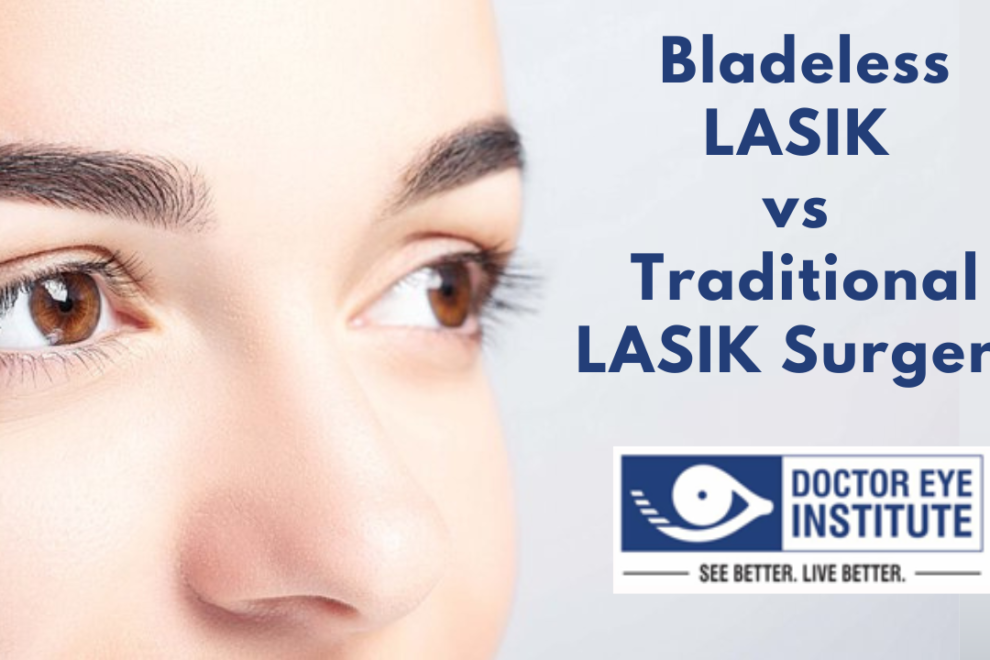Bladeless LASIK vs Traditional LASIK Surgery
LASIK surgery is a popular method for correcting refractive errors, such as nearsightedness, farsightedness, and astigmatism. With LASIK surgery, patients can enjoy improved vision and reduce their dependence on glasses or contact lenses.
There are two main types of LASIK surgery: traditional LASIK and bladeless LASIK. In this blog, we will explore the differences between these two procedures and help you choose the right type of LASIK surgery for your needs.
Traditional LASIK Surgery
Traditional LASIK surgery involves the use of a microkeratome, a small blade that creates a thin, circular flap on the cornea. The surgeon then lifts the flap and uses an excimer laser to reshape the cornea and correct the patient’s vision. After the procedure is complete, the flap is repositioned, and the eye is allowed to heal.
Benefits of Traditional LASIK
One of the main benefits of traditional LASIK is its affordability. Traditional LASIK is less expensive than bladeless LASIK, making it a popular choice for patients who are looking for an affordable vision correction option. Additionally, traditional LASIK has been around for decades, and its safety and effectiveness have been well-established.
Risks of Traditional LASIK
The main risk of traditional LASIK is the use of a blade to create the corneal flap. While the use of a microkeratome is generally safe, there is a small risk of complications, such as an incomplete flap or an irregular flap. These complications can affect the outcome of the surgery and may require additional treatment to correct.
Bladeless LASIK Surgery
Bladeless LASIK, also known as femtosecond LASIK, uses a femtosecond laser to create a precise, computer-controlled corneal flap. Once the flap is created, the surgeon uses an excimer laser to reshape the cornea and correct the patient’s vision.
The procedure is similar to traditional LASIK, but the use of a laser instead of a blade makes it a safer and more precise option.
Benefits of Bladeless LASIK
The main benefit of bladeless LASIK is its safety and precision. Because the corneal flap is created using a laser, there is less risk of complications, such as an incomplete flap or an irregular flap. Additionally, bladeless LASIK may result in faster healing times and a lower risk of post-operative complications.
Risks of Bladeless LASIK
While bladeless LASIK is generally considered safe, there is still a small risk of complications, such as dry eye, halos, glare, or vision loss. These risks are rare, but they should be discussed with surgeon before undergoing the procedure.
Choosing the Right Type of LASIK Surgery
- Choosing the right type of LASIK surgery depends on your individual needs and preferences.
- If cost is a concern, traditional LASIK may be the best option. However, if you are looking for a safer and more precise option, bladeless LASIK may be the better choice.
- An eye doctor can help you determine which type of LASIK surgery is right for you based on your eye health, refractive error, and other factors.
In conclusion, both traditional LASIK and bladeless LASIK are safe and effective options for correcting refractive errors. The choice between the two depends on your individual needs, preferences, and budget.
If you are considering LASIK surgery, be sure to discuss your options with us and choose the option that is best for you.









